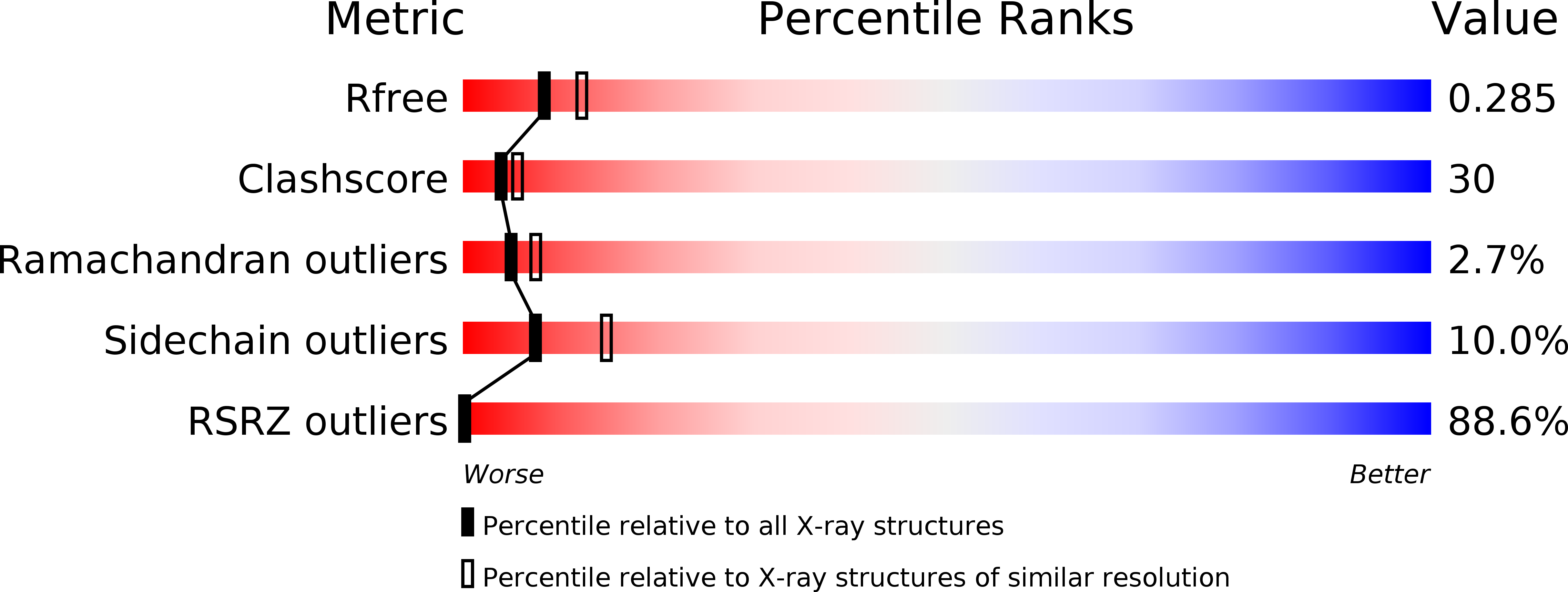
Deposition Date
2000-07-28
Release Date
2001-02-07
Last Version Date
2024-02-07
Entry Detail
PDB ID:
1FGU
Keywords:
Title:
SSDNA-BINDING DOMAIN OF THE LARGE SUBUNIT OF REPLICATION PROTEIN A
Biological Source:
Source Organism:
Homo sapiens (Taxon ID: 9606)
Host Organism:
Method Details:
Experimental Method:
Resolution:
2.50 Å
R-Value Free:
0.28
R-Value Work:
0.21
R-Value Observed:
0.21
Space Group:
P 21 21 21


